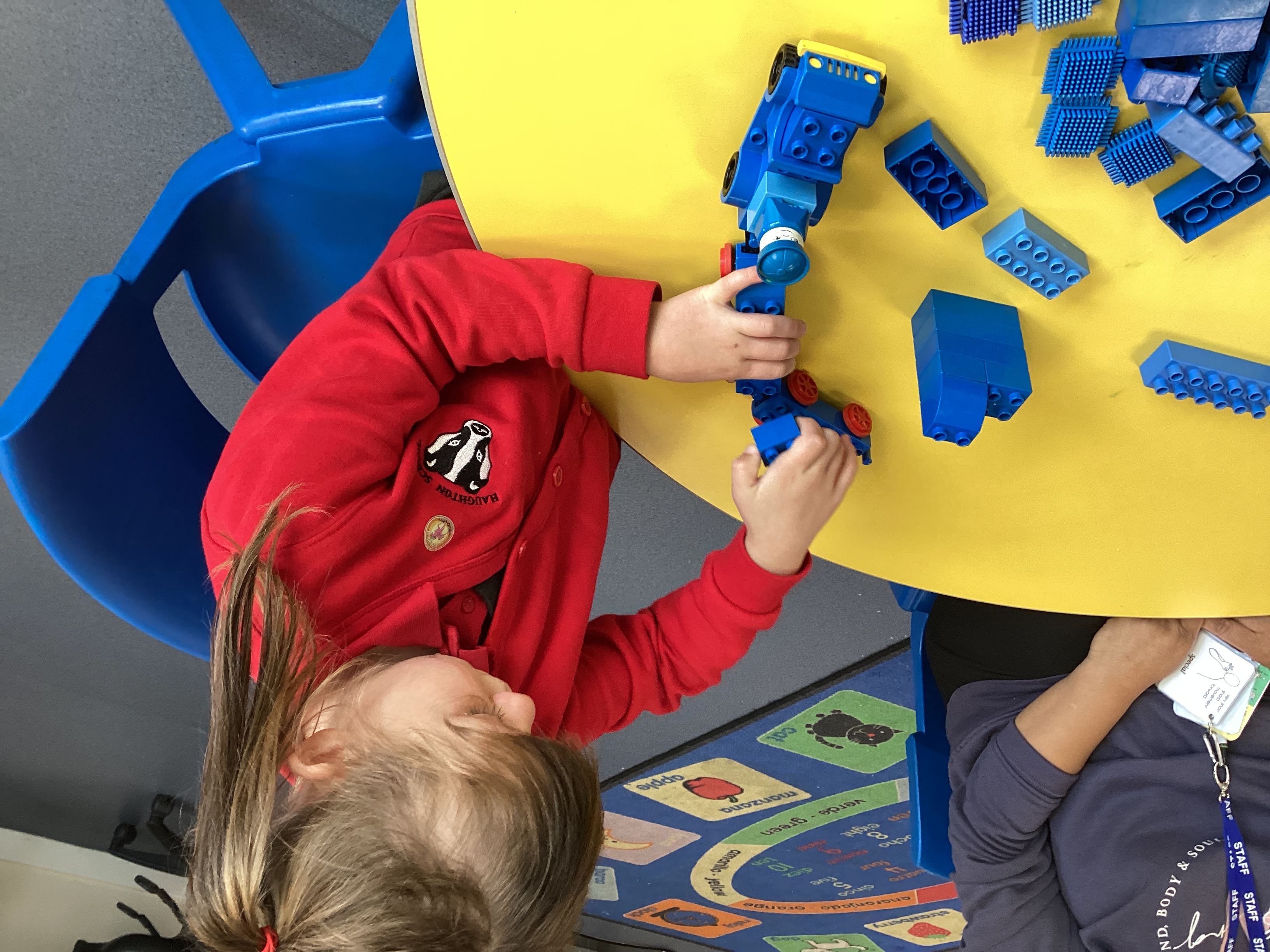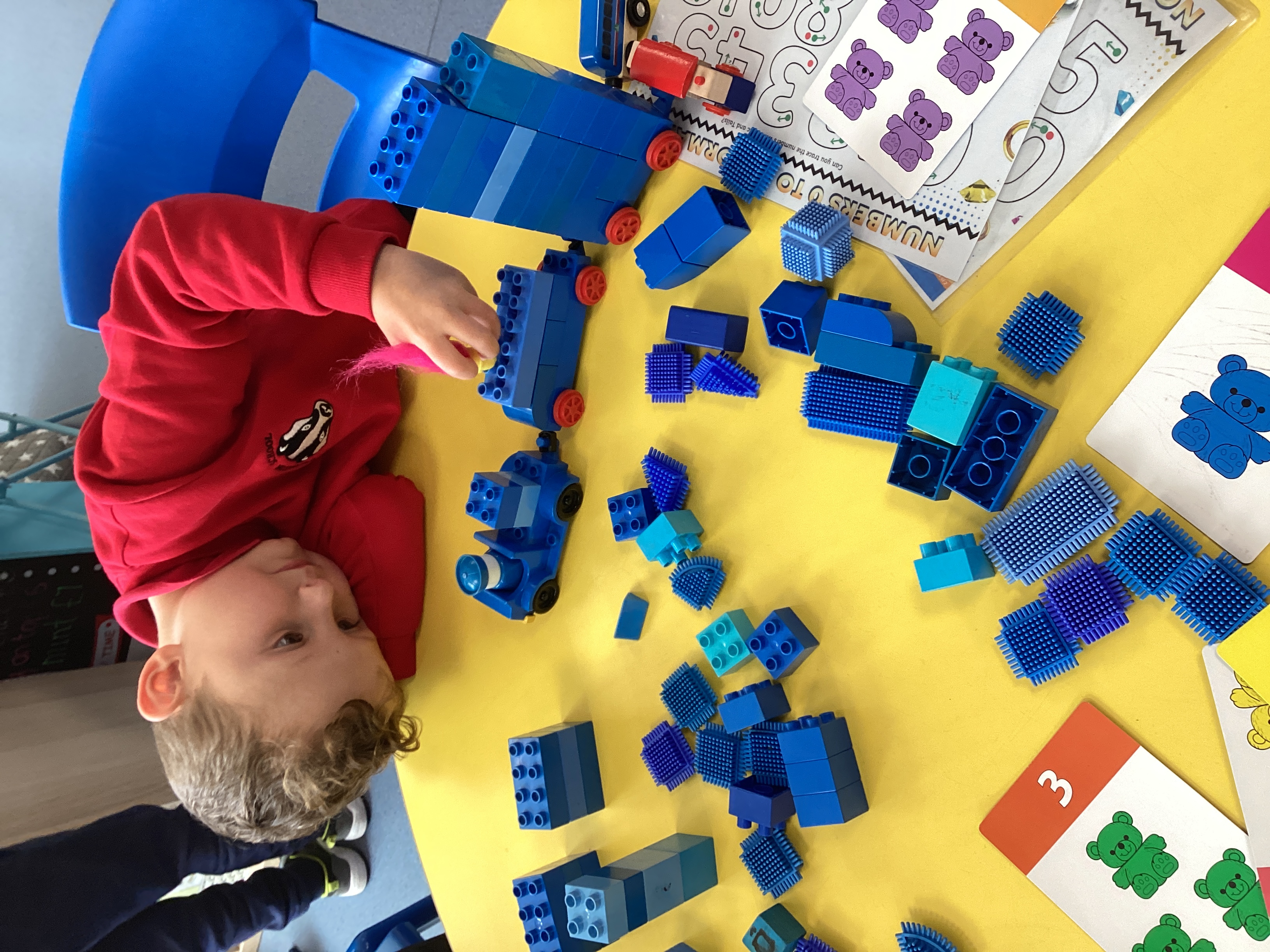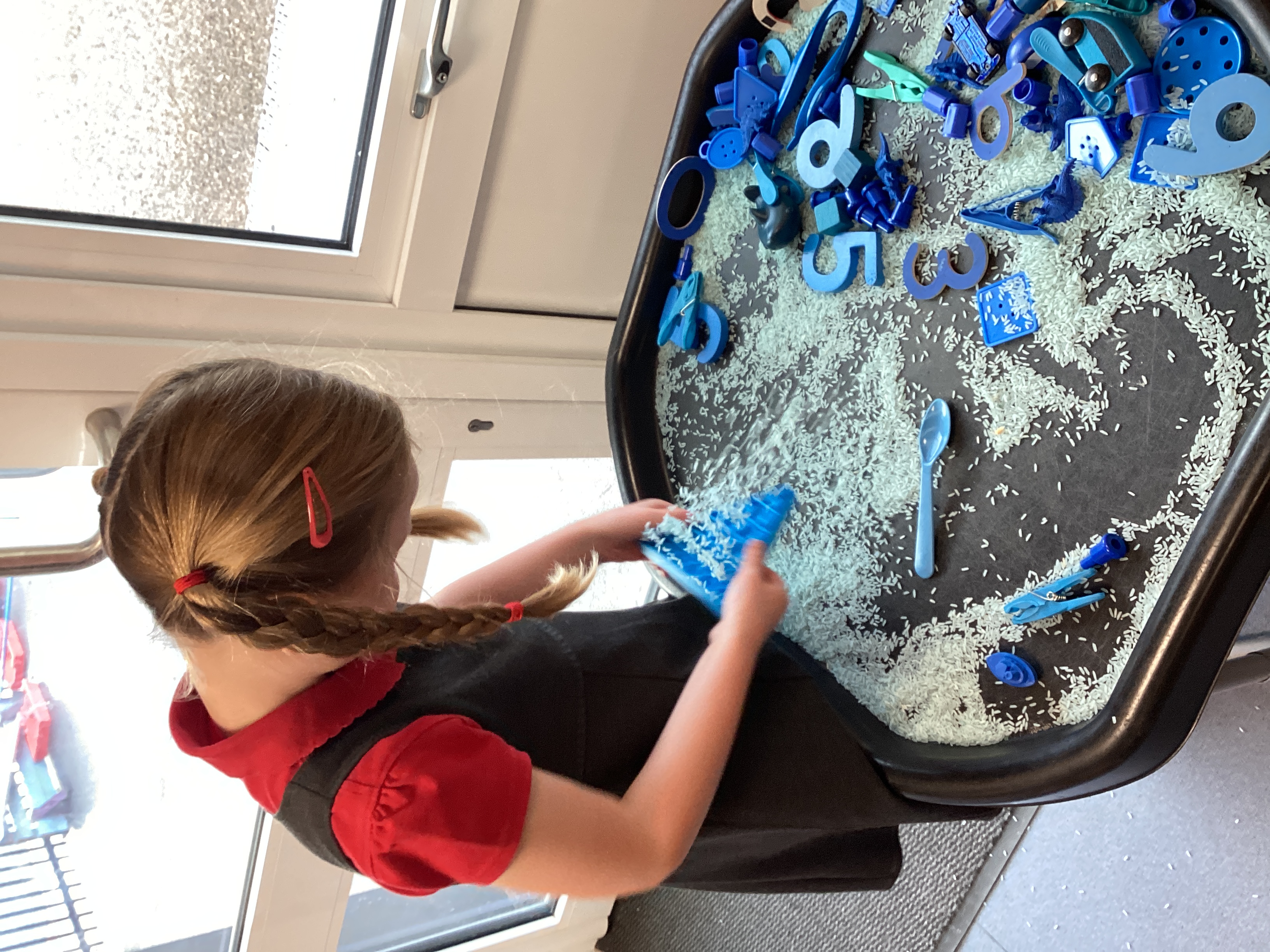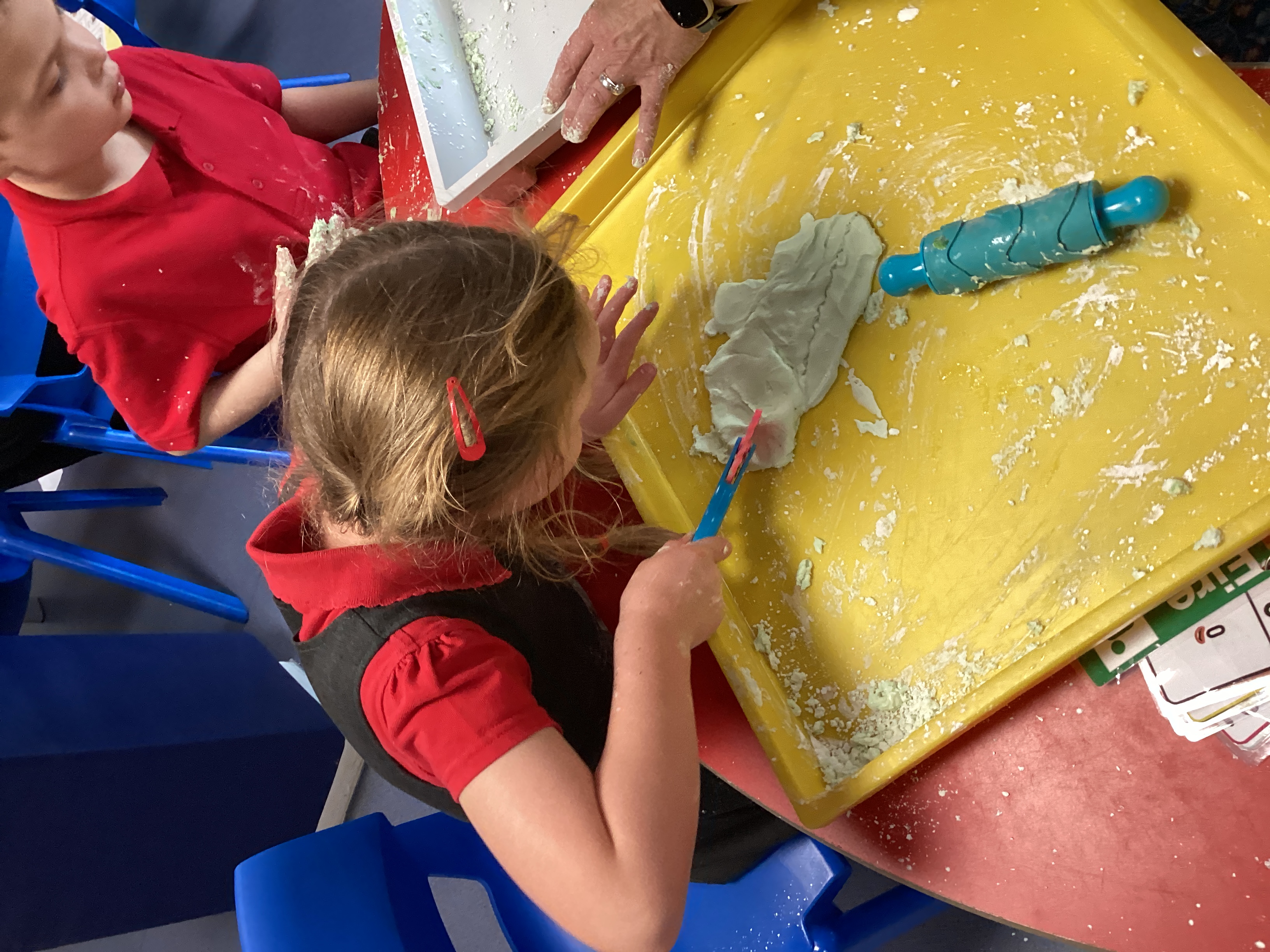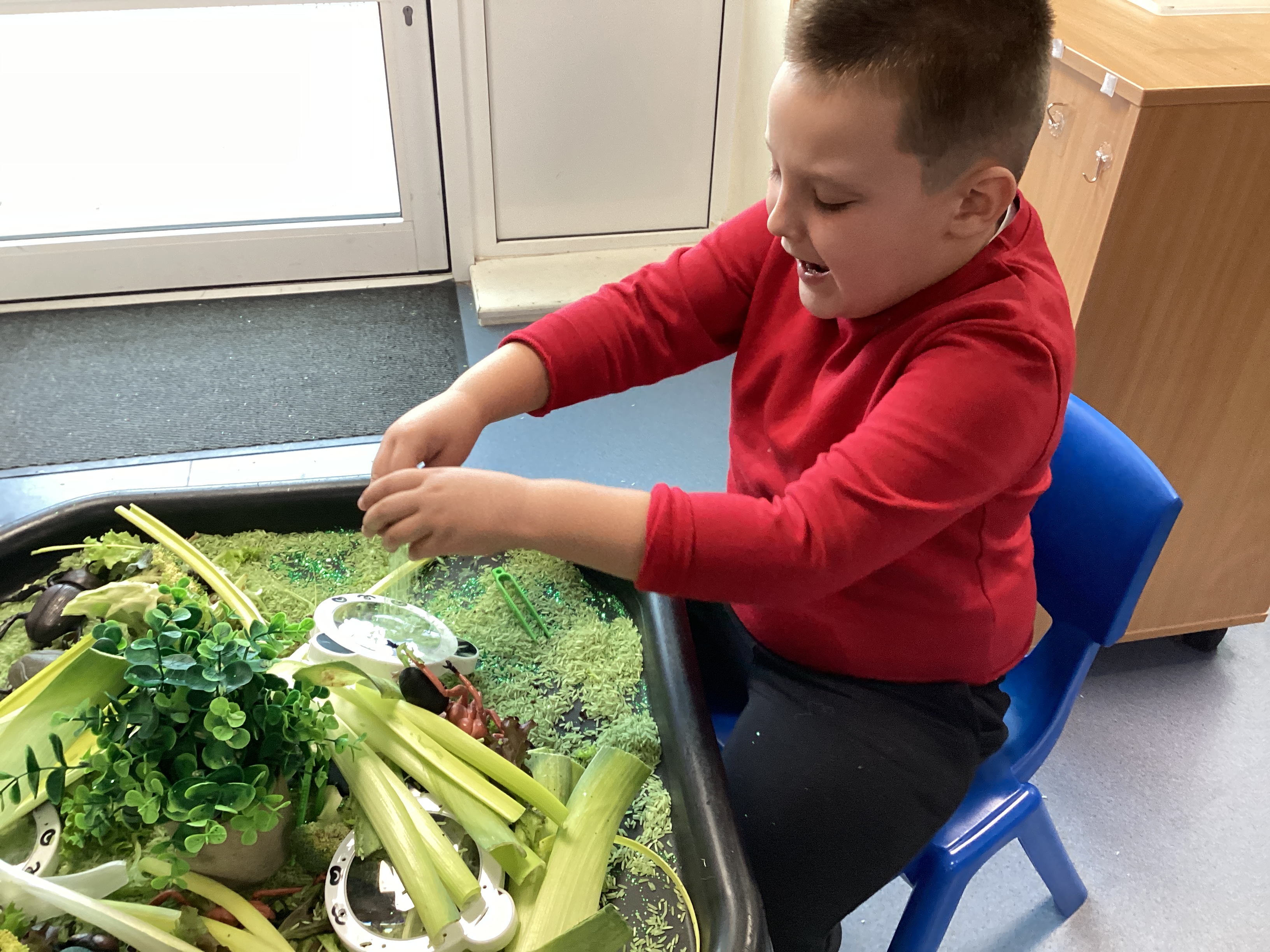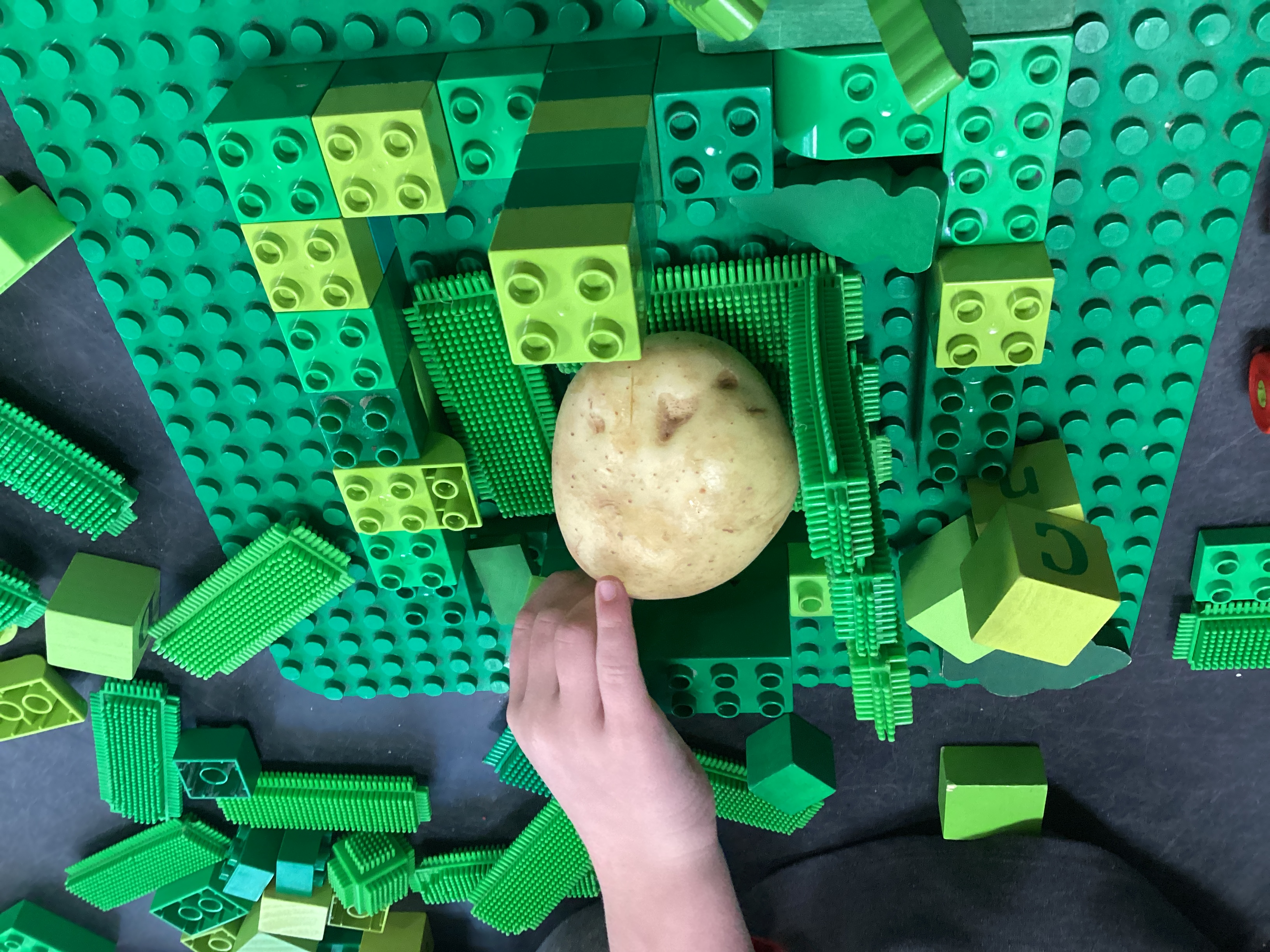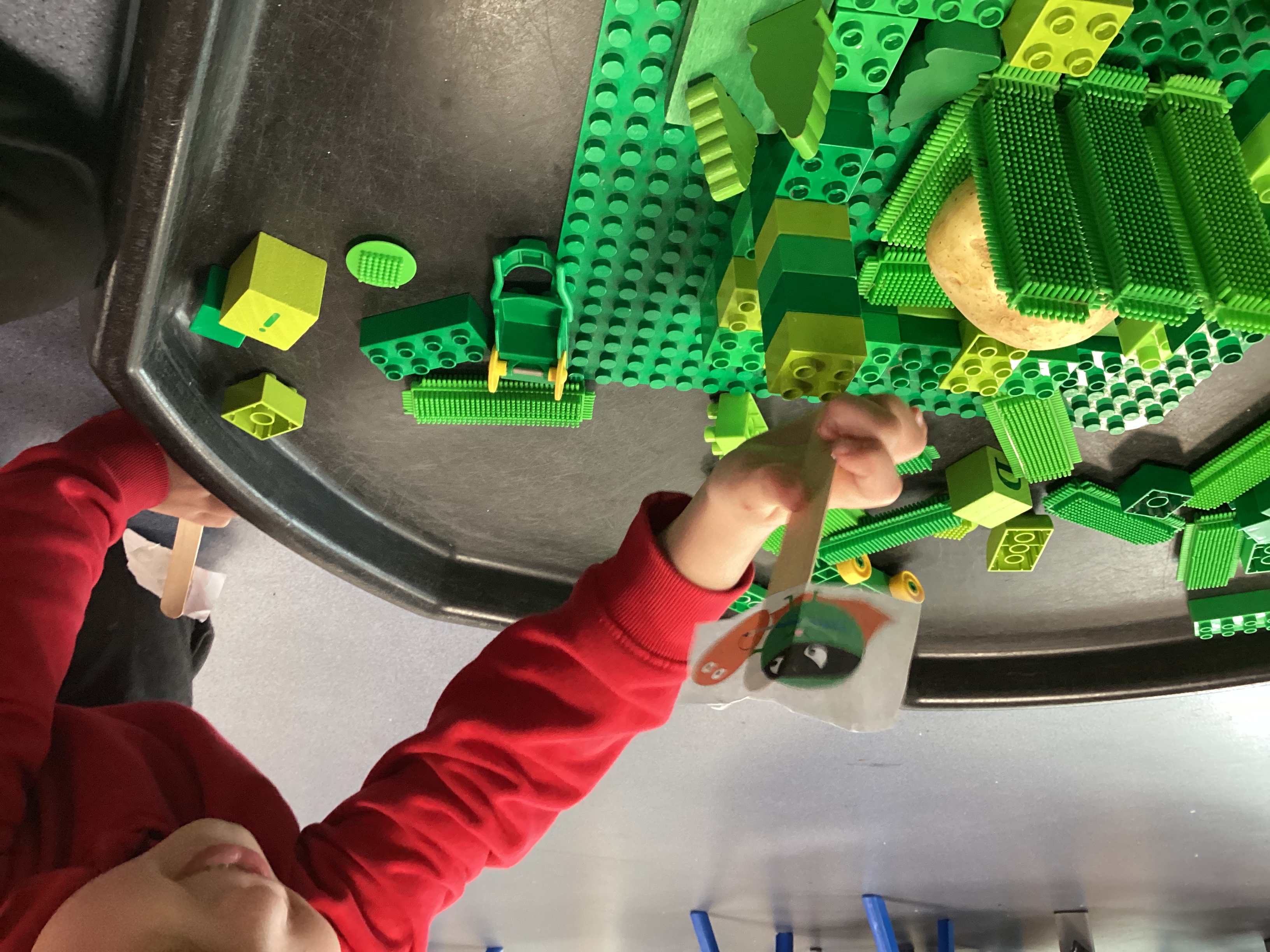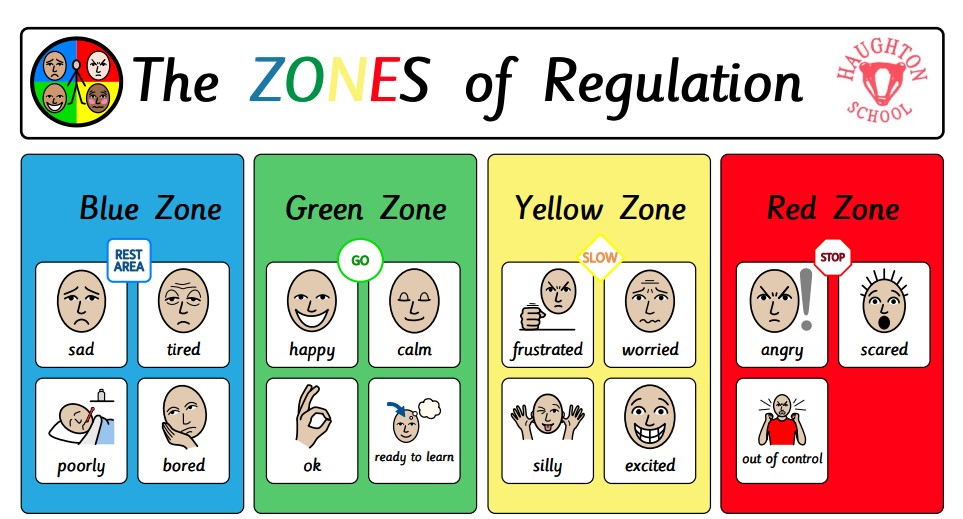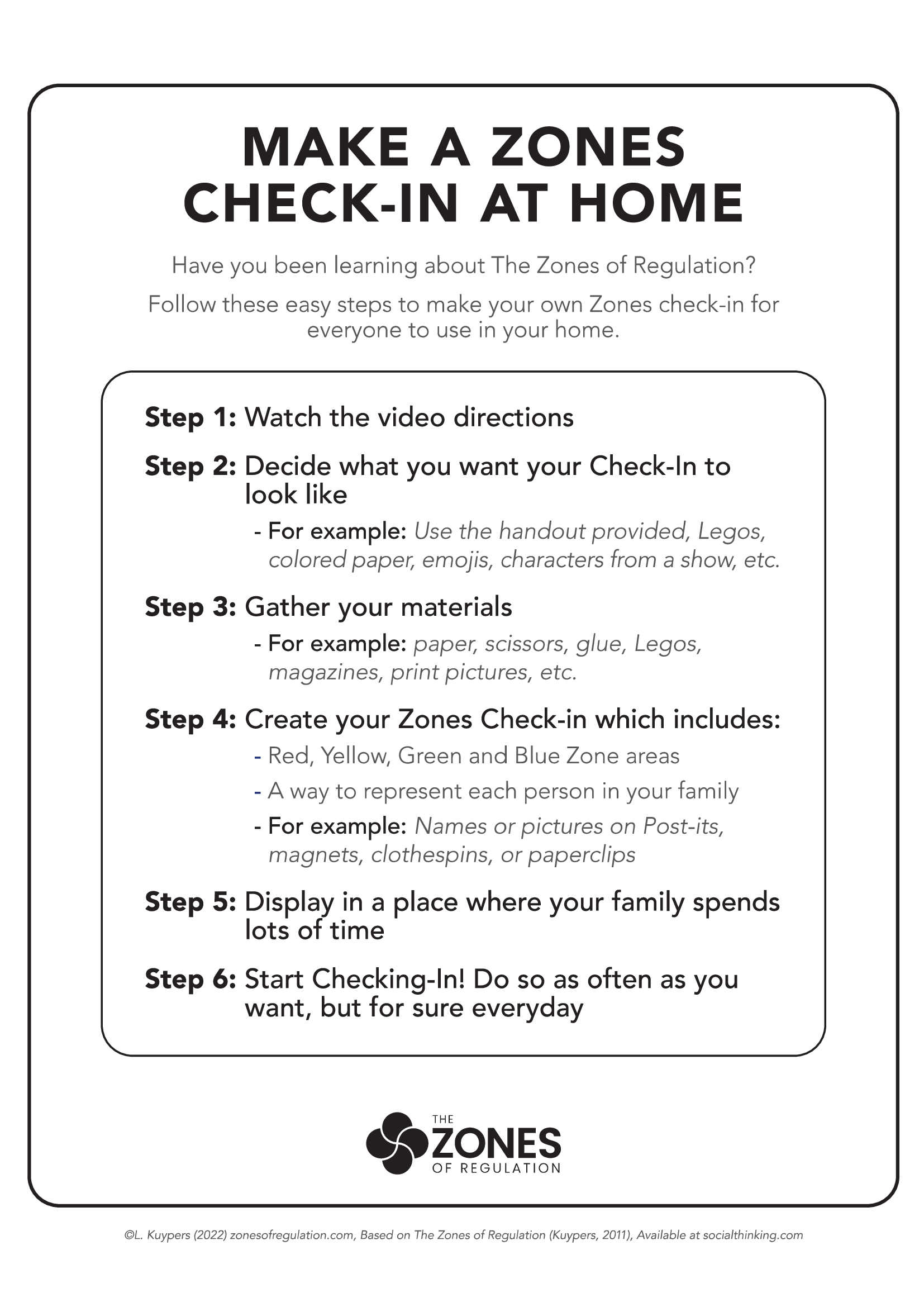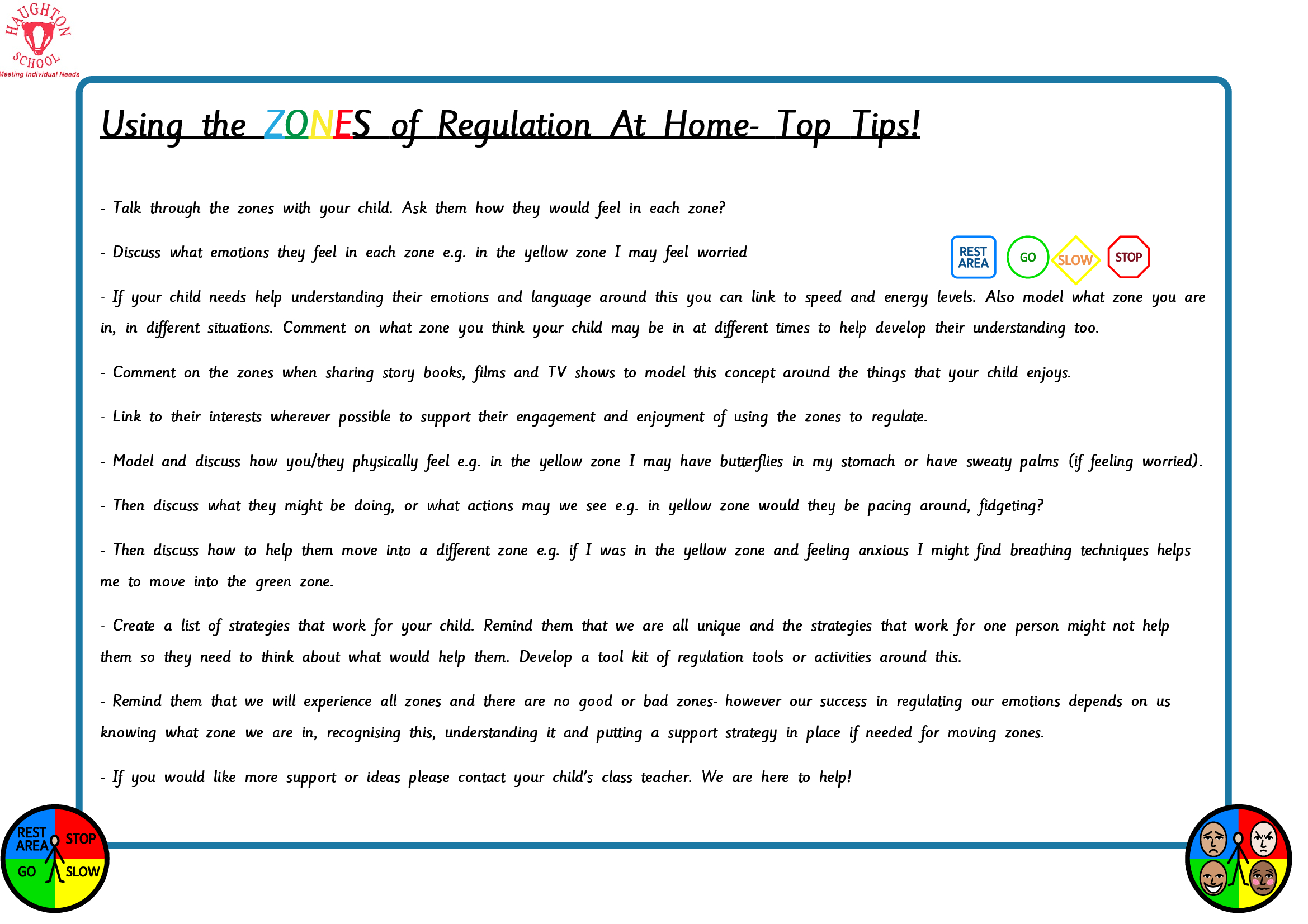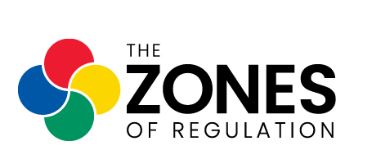What is the Zones of Regulation?
The Zones of Regulation is an internationally renowned approach which helps children to manage difficult emotions,through ‘self-regulation’.
Self-regulation is best described as the best state of alertness for a situation, or the ability to maintain a well-regulated emotional state to cope with everyday stress and to be most available for learning and interacting. From time to time, all of us (including adults) find it hard to manage strong feelings such as worry, anger, fear, or tiredness, and this stops us from getting on with our day effectively.
The Zones of Regulation aims to teach children strategies to help them to identify their emotions and cope with these feelings so they can get back to feeling calm and ready to learn. These coping strategies are called ‘self-regulation’.
We want to teach our children to have good coping and regulation strategies so they can help themselves when they experience anxiety and stress.
Each class will be taught about the zones and will use them in the most appropriate way.
In using the Zones of Regulation as a whole school approach, we are aiming to help our children to:
- Recognise when they are in the different Zones and learn how to change or stay in the Zone they are in.
- Increase their emotional vocabulary so they can label how they are feeling.
- Recognise when other people are in different Zones, thus developing better empathy.
- Develop an insight into what might make them move into the different Zones.
- Understand that emotions, sensory experiences such as lack of sleep or hunger and their environment might influence which Zone they are in.
- Develop problem-solving skills and resilience.
- Identify a range of calming and alerting strategies that support them (known as their personal ‘toolkit’).
What are the different Zones?
There are 4 coloured zones to categorise states of alertness, energy level and emotional states:


